
Toyota Yaris Hatchback review
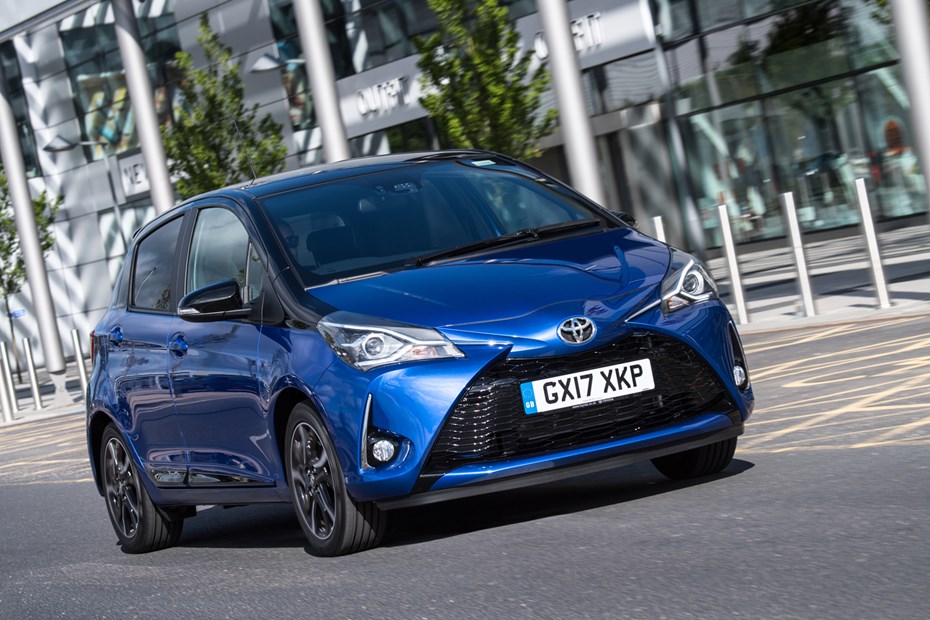
At a glance
| Price new | £10,895 - £25,795 |
|---|---|
| Used prices | £1,650 - £18,537 |
| Road tax cost | £0 - £190 |
| Insurance group | 2 - 36 |
Get an insurance quote with

|
|
| Fuel economy | 43.5 - 58.9 mpg |
| Range | 342 - 739 miles |
| Miles per pound | 6.4 - 8.6 |
| View full specs for a specific version | |
Available fuel types
Petrol
Diesel
Hybrid
Pros & cons
- Hybrids are very economical
- Practical, spacious interior
- High equipment levels
- Search for used Toyota Yaris Mk3 cars for sale
- Noisy engines at high revs
- Steering wheel lacks adjustment
- Infotainment fiddly
Toyota Yaris (11-20) rivals
Overview
The Yaris has been on sale since 1999 and during that time it has won a deserved reputation for reliability, ease of use and urban fuel efficiency.
This third generation Yaris added a novel hybrid powertrain to the mix, making it the first mainstream small hybrid car available in the UK.
Its main rivals are mainstays of the supermini class, such as the Ford Fiesta, Renault Clio, Peugeot 208 and Vauxhall Corsa.
Toyota Yaris Mk3 known faults and common problems
If you’re reading this review we bet you already have an inkling about how reliable the Yaris is. Despite this generation being on sale for nine years and having some complex electronic wizardry hidden within it, there have been very few reports of real problems from owners.
There’s a huge price disparity between the cheapest and most expensive Mk3 Yaris cars. This is mainly because the car was sold for a long time, and there are a lot of variations between the different trim levels. The bog-standard early cars are approaching the bottom of their depreciation curves.
Buying guide
Common issues, and what to look for if you’re looking at getting one.
Recalls
During the course of its lifetime the Yaris was subject to a fair few recalls. They mostly relate to airbag and seatbelt problems, but there were a few mechanical issues in the mix too. Make sure all recall work has been done before buying a used model.
Dings and dents
The Yaris is a great first car. As such, a few may have seen the wrong side of a hedge or been used like a bumper car around a car park.
Clutches
Another hangover from being such a brilliant car for new drivers. There’s not particularly anything wrong with the clutch, but some may have premature wear due to inexperienced drivers. Look for high biting points.
Paint
Toyota is famous for its reliability, not its paint. If you’re fussy about the finish of your paint a heavily used Yaris probably isn’t for you.
A victim of its own success
As we’ve mentioned numerous times in this article, the Yaris is reliable. Some owners think that means it doesn’t need servicing. Ensure the car has at least some service history before buying.
DPF blockages
Early models came with frugal (and pretty slow) diesel engines. The particulate filter in diesels can become clogged if not driven regularly. Worth checking the car pulls well and there’s no DPF light on during the test drive.
Sat-nav issues
Some models came with in-built sat-navs. As you’d imagine from any tech that’s approaching ten years old, it’s not the fastest or easiest to use. Especially when compared with your phone.
Not so fantastic plastic
The cabin is full of cheap plastic. Usually it lasts, but bits have been known to crack and change colour.
Erratic CVT
We’ve seen a few reports that the CVT (continuously variable transmission) automatic gearbox the Yaris uses can act erratically. This may well be user error – this type of box is loud and the engine’s revs don’t rise and fall like they do in a conventional automatic.
Practicality problems
Not so much a manufacturing issue, but if you opt for the frugal hybrid the boot size decreases because of the battery. This does make a big difference in a small car and it’s something to consider if you need a decent sized boot.
What models and trims can you buy?
This era of Yaris was subject to two two significant facelifts during its time on the road. Revisions in 2014 focused on transforming the front-end styling, while the 2017 modifications were particularly obvious at the rear, where horizontal tail lamps are bisected by the tailgate, with more tweaks made to the front that bring it into line with the smaller Toyota Aygo.
There are versions available with three and five doors, petrol, diesel and hybrid powertrains and hot-hatch models badged as GR.




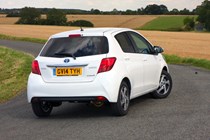
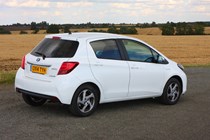
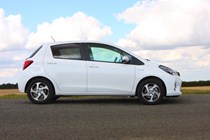
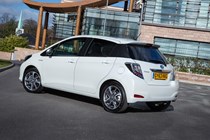
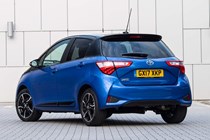
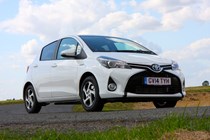
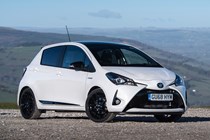
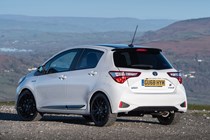
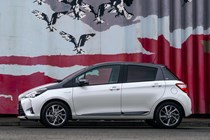
.jpg)
.jpg)
.jpg)
.jpg)
.jpg)
.jpg)
.jpg)
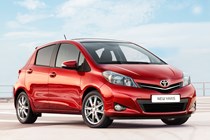
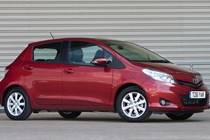
.jpg)
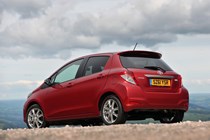
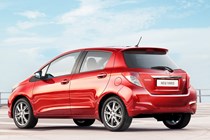
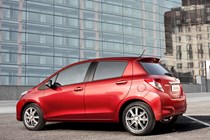
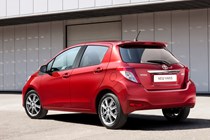
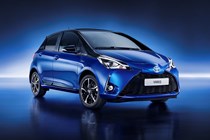
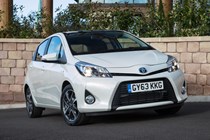
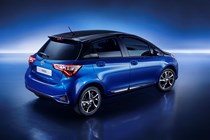
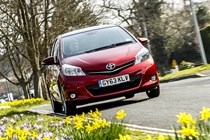
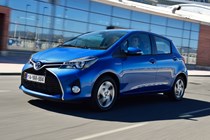
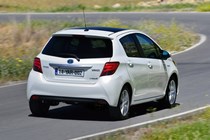
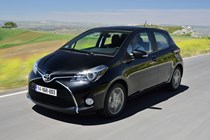
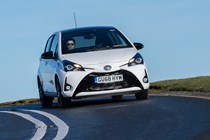
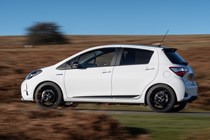
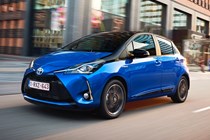
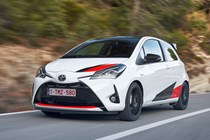
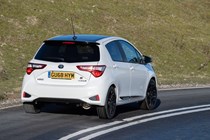
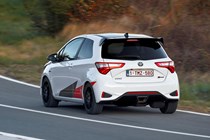
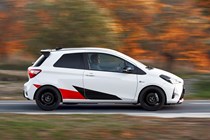

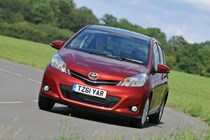

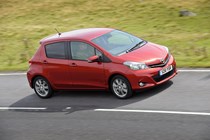
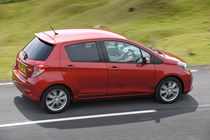
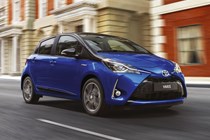
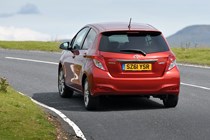
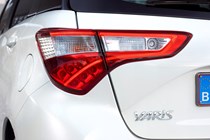
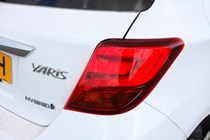
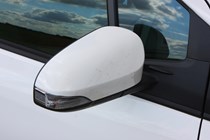
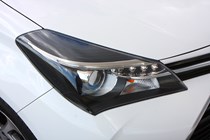
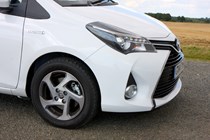
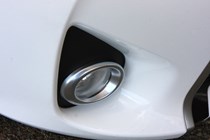
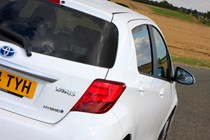
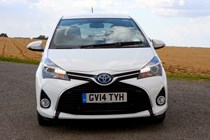
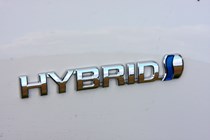
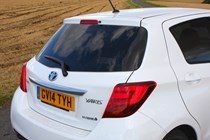

.jpg)
.jpg)
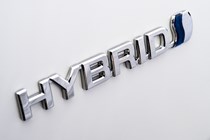
.jpg)
.jpg)
.jpg)
.jpg)
.jpg)
.jpg)
.jpg)
.jpg)
.jpg)
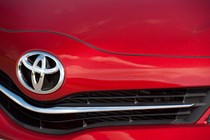
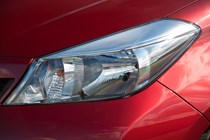
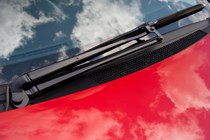
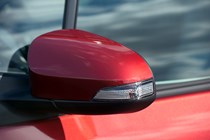
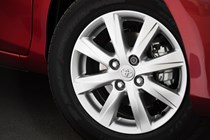
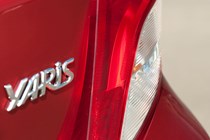
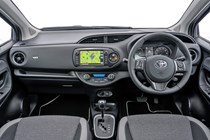
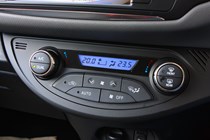
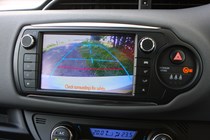
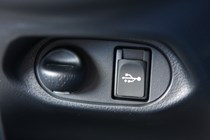
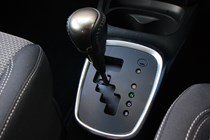
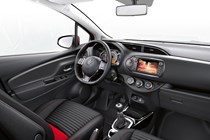
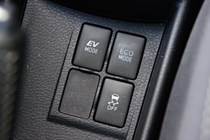
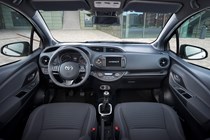
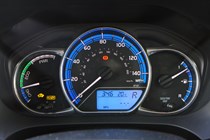
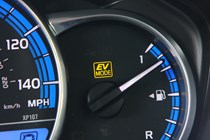
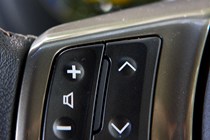
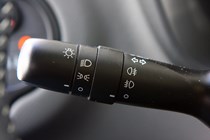
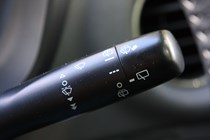
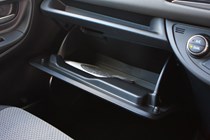
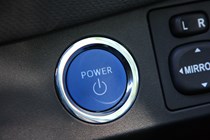
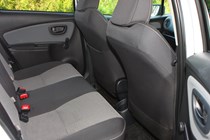
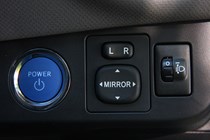
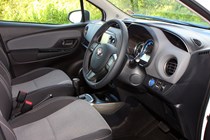
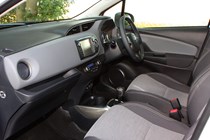
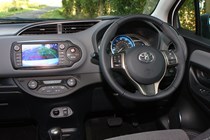
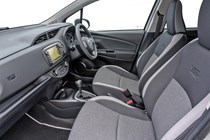
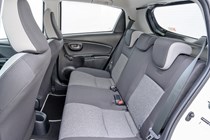
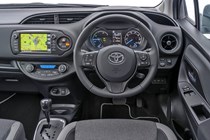
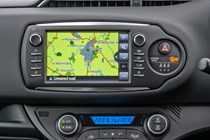
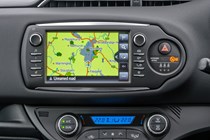
.jpg)
.jpg)
.jpg)
.jpg)
.jpg)
.jpg)
.jpg)
.jpg)
.jpg)
.jpg)
.jpg)
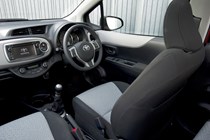
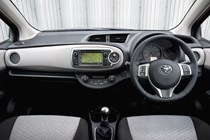
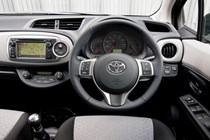
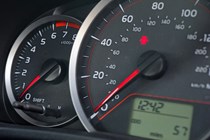
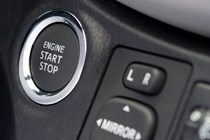

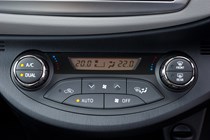
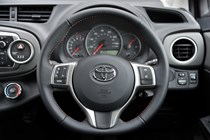
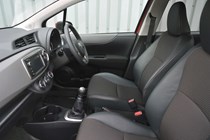
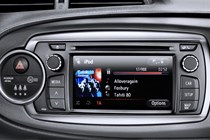
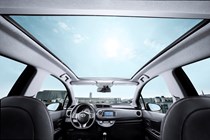
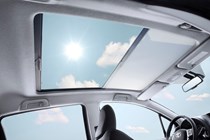

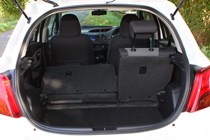
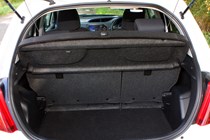
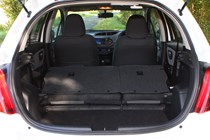
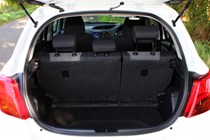
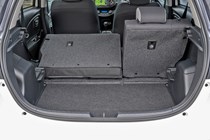
.jpg)
.jpg)
.jpg)
.jpg)
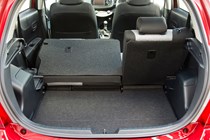
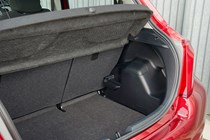
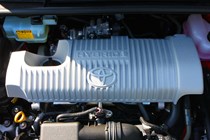
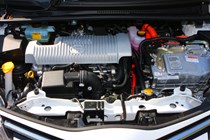
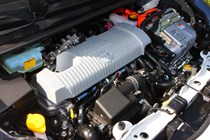

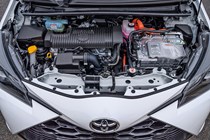
.jpg)
.jpg)
.jpg)
.jpg)
.jpg)
.jpg)
.jpg)

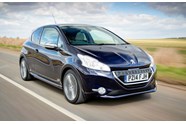
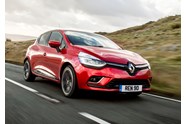
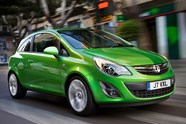













.jpg?quality=50)
.jpg?quality=50)
.jpg?quality=50)
.jpg?quality=50)
.jpg?quality=50)
.jpg?quality=50)
.jpg?quality=50)


.jpg?quality=50)




































.jpg?quality=50)
.jpg?quality=50)

.jpg?quality=50)
.jpg?quality=50)
.jpg?quality=50)
.jpg?quality=50)
.jpg?quality=50)
.jpg?quality=50)
.jpg?quality=50)
.jpg?quality=50)
.jpg?quality=50)































.jpg?quality=50)
.jpg?quality=50)
.jpg?quality=50)
.jpg?quality=50)
.jpg?quality=50)
.jpg?quality=50)
.jpg?quality=50)
.jpg?quality=50)
.jpg?quality=50)
.jpg?quality=50)
.jpg?quality=50)


















.jpg?quality=50)
.jpg?quality=50)
.jpg?quality=50)
.jpg?quality=50)







.jpg?quality=50)
.jpg?quality=50)
.jpg?quality=50)
.jpg?quality=50)
.jpg?quality=50)
.jpg?quality=50)
.jpg?quality=50)